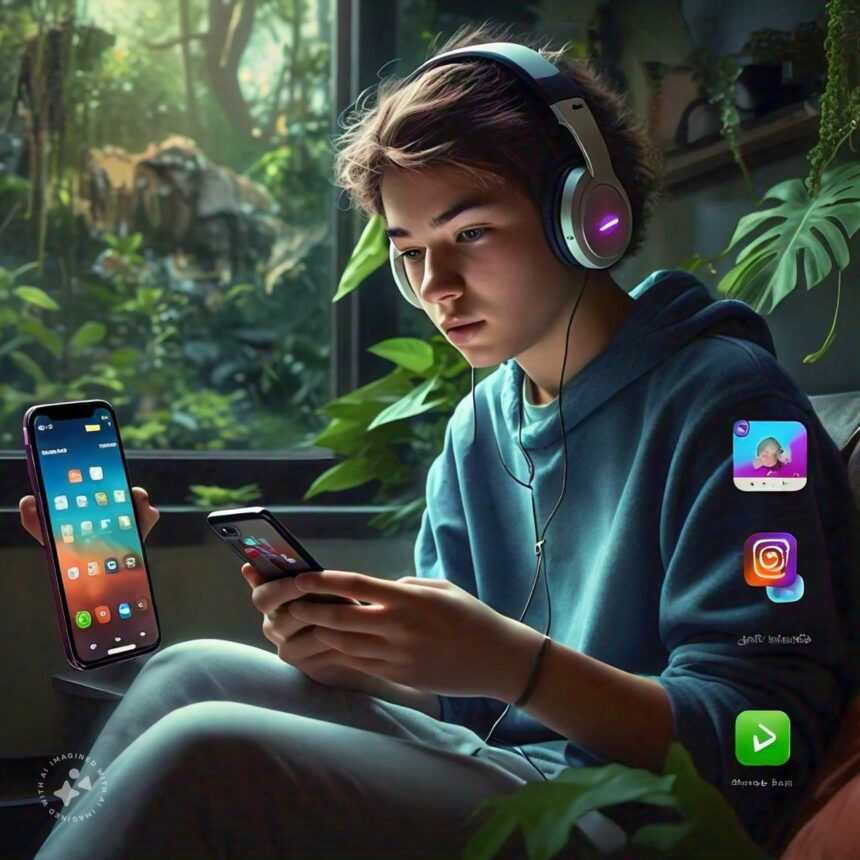In the ever-evolving landscape of app development, one challenge looms large: how to seamlessly guide users through applications with a multitude of screens. As apps grow more sophisticated, offering an increasing array of features and functionalities, the risk of user disorientation grows exponentially. Fear not, tech enthusiasts! Kirill Yurovskiy is about to take a deep dive into the art and science of optimizing navigation in complex apps. Buckle up as we explore cutting-edge strategies, UI/UX paradigms, and the latest tools that are revolutionizing the way users interact with multi-screen apps.
The Navigation Conundrum: More Screens, More Problems?
Remember the days when apps were simple, single-purpose tools? Those days are long gone. Today’s users demand Swiss Army knife-like versatility from their apps, leading to a proliferation of features – and screens. While this evolution has undoubtedly enhanced functionality, it’s also introduced a new set of challenges for both developers and users alike.
The central question becomes: How do we prevent users from feeling lost in a labyrinth of screens while still offering a rich, feature-packed experience? The answer lies in intelligent navigation design that’s both intuitive and efficient.
Mapping the User Journey: The Foundation of Seamless Navigation
Before diving into specific navigation patterns and UI elements, it’s crucial to understand the concept of user journey mapping. This process involves charting out the various paths a user might take through your app, identifying key touchpoints, and anticipating potential pain points.
By creating a comprehensive map of your app’s structure and user flow, you’ll gain invaluable insights into where navigation optimizations are most needed. Tools like Whimsical and Miro have become go-to solutions for creating visually appealing and highly interactive user journey maps.
Pro Tip: Don’t just rely on your own assumptions. Use analytics tools to gather real-world data on how users actually navigate your app. This empirical approach can reveal unexpected patterns and help prioritize your optimization efforts.
Navigation Patterns: Choosing the Right Path
When it comes to navigation in multi-screen apps, one size definitely doesn’t fit all. Let’s explore some of the most effective navigation patterns making waves in the tech world:
1. Tab Bar Navigation: The Classic Reimagined
Tab bars have been a staple of mobile app design for years, but they’re far from outdated. In fact, they’re experiencing a renaissance, with designers finding innovative ways to make them more dynamic and context-aware.
For instance, the latest iteration of Material Design introduces the concept of “Adaptive Navigation,” where tab bars can morph and reorganize based on user behavior and app state. This approach ensures that the most relevant options are always at the user’s fingertips.
2. Nested Navigation: Diving Deep Without Getting Lost
As apps become more complex, nested navigation has emerged as a powerful tool for organizing hierarchical content. The key to success here is providing clear visual cues that help users understand their current location within the app’s structure.
Cutting-edge apps are implementing “breadcrumb” style indicators that dynamically update as users navigate deeper into nested screens. These subtle yet effective UI elements serve as a constant reminder of the user’s journey, making it easy to backtrack or jump to related sections.
3. Gesture-Based Navigation: The Future at Your Fingertips
With the rise of edge-to-edge screens and the demise of physical buttons, gesture-based navigation is having its moment in the spotlight. Swipes, pinches, and custom gestures are becoming increasingly common, offering a more fluid and immersive navigation experience.
However, the challenge lies in making these gestures discoverable and intuitive. Leading apps are incorporating subtle animation cues and haptic feedback to guide users in discovering and mastering gesture-based navigation.
The Role of AI in Navigation Optimization
Artificial Intelligence is no longer just a buzzword – it’s becoming an integral part of navigation design. Machine learning algorithms are being employed to analyze user behavior and preferences, dynamically adjusting navigation elements to create personalized experiences.
Imagine an app that learns from your usage patterns and automatically surfaces the features you use most frequently. Or consider an AI-powered search function that not only finds content but also suggests the most efficient navigation path to reach it. These are not futuristic concepts but real-world applications of AI in navigation optimization.
Accessibility: Navigating Towards Inclusivity
In our quest for sleek, minimalist interfaces, it’s crucial not to lose sight of accessibility. Optimizing navigation isn’t just about catering to power users – it’s about ensuring that everyone, regardless of their abilities, can effectively use your app.
Voice-controlled navigation, high-contrast modes, and customizable navigation elements are just a few examples of how leading apps are making their complex interfaces more accessible. The Web Content Accessibility Guidelines (WCAG) 2.1 provide a comprehensive framework for ensuring that your navigation design is inclusive and user-friendly for all.
Testing and Iteration: The Path to Navigation Nirvana
Even with the most thoughtful design and cutting-edge technology, the true test of navigation optimization comes when real users interact with your app. A/B testing different navigation patterns, collecting user feedback, and iterating based on data-driven insights are essential steps in the optimization process.
Tools like Hotjar and FullStory have revolutionized the way developers and designers can visualize user interactions, providing heat maps and session recordings that offer unparalleled insights into navigation pain points.
The Future of Navigation: What’s on the Horizon?
As we look to the future, several emerging technologies promise to reshape the landscape of app navigation:
- Augmented Reality (AR) Interfaces: Imagine navigating through complex app structures using AR overlays in the real world. This technology could provide a more intuitive and spatially aware navigation experience.
- Brain-Computer Interfaces (BCIs): While still in its infancy, BCI technology could eventually allow users to navigate apps using thought alone, providing an unprecedented level of speed and intuitiveness.
- Contextual AI Assistants: Advanced AI assistants could act as personal guides through complex apps, understanding user intent and proactively suggesting the most efficient navigation paths.
Conclusion: Charting the Course for Seamless User Experiences
As apps continue to grow in complexity and feature sets, the importance of optimized navigation cannot be overstated. By employing a combination of thoughtful design, cutting-edge technology, and a deep understanding of user behavior, developers can create navigation systems that not only guide users effectively but enhance the overall app experience.
Remember, the goal isn’t to simplify your app by reducing features, but to make complex functionality accessible through intuitive navigation. As we’ve explored, this involves a multi-faceted approach:
- Mapping and understanding user journeys
- Implementing appropriate navigation patterns
- Leveraging AI for personalization
- Ensuring accessibility for all users
- Continuous testing and iteration
By focusing on these key areas and staying abreast of emerging technologies, you can ensure that your app’s navigation system is not just functional, but truly exceptional. In the end, optimized navigation is about more than just moving between screens – it’s about crafting journeys that users will want to embark on again and again.


